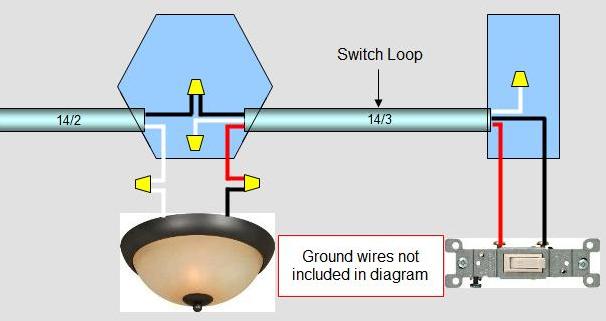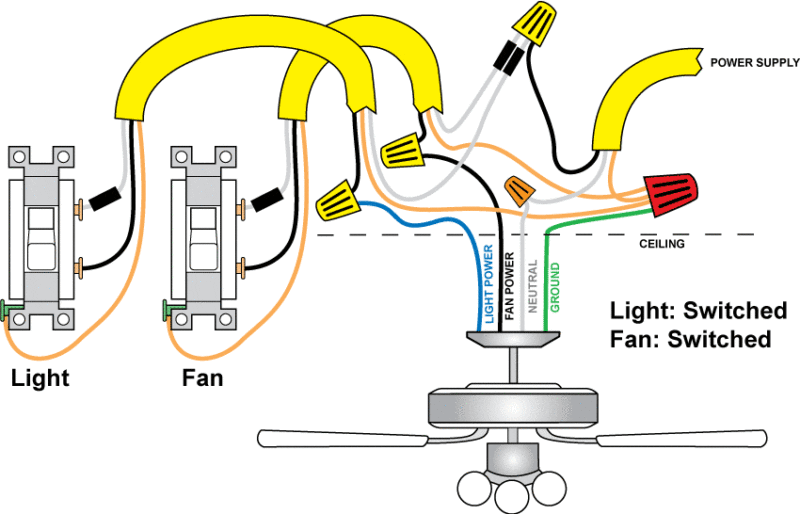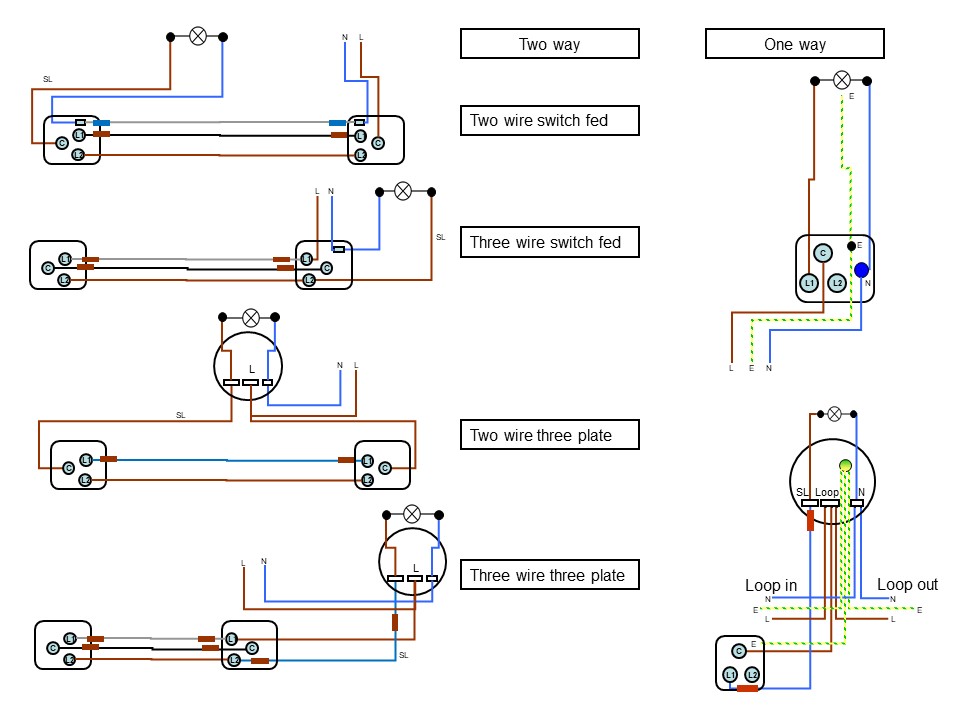Hello dear readers! If you’re passionate about home, living, and garden, then today’s topic will surely pique your interest. We’re diving deep into the world of electrical wiring, specifically focusing on the debate between “switch loop vs traditional wiring”.
What is Traditional Wiring?
Traditional wiring, as the name suggests, is the conventional method of wiring homes. It’s the system that most of us are familiar with, where each component (like switches, outlets, and fixtures) has a direct connection to the power source.
- Simplicity: One of the main advantages of traditional wiring is its simplicity. Each component is wired directly, making it easier to understand and troubleshoot.
- Flexibility: With traditional wiring, adding or removing components is relatively straightforward. You can easily extend the system if you decide to add more fixtures or outlets.
But, is traditional wiring always the best choice? Let’s explore the switch loop method.
Why Consider Switch Loop Wiring?
The switch loop is an innovative method of wiring, especially beneficial for controlling lights. But what makes it stand out?
- Efficiency: The switch loop can control multiple lights or fixtures from a single switch, making it a space-saving solution.
- Safety: With the switch loop, only the required wires are live, reducing the risk of accidental electrocution.
- Versatility: Whether the power goes directly to the light or the switch, the switch loop offers flexibility in its setup.
Now, you might be wondering, how does this compare to traditional wiring?
Switch Loop vs. Traditional Wiring: The Showdown
- Installation Complexity: While traditional wiring is straightforward, the switch loop can be a bit more complex, especially for beginners. However, once set up, it offers more control and versatility.
- Safety: As mentioned earlier, the switch loop ensures that only the necessary wires are live. This can be a significant safety advantage over traditional wiring, where more wires might be live.
- Cost: In some scenarios, especially in larger homes or spaces, the switch loop might be more cost-effective due to reduced wiring needs.
So, Which is Better?
Is one method universally better than the other? Not necessarily. The best choice often depends on your specific needs, the layout of your home, and your comfort level with electrical work.
- For Simplicity: If you’re looking for a straightforward setup and are not planning on making many changes, traditional wiring might be the way to go.
- For Flexibility and Control: If you want more control over your lights and fixtures and are willing to invest a bit more time in the setup, the switch loop could be your best bet.
Lessons Learned
- Always Prioritize Safety: Whether you opt for traditional wiring or a switch loop, safety should always be your top priority. Ensure all connections are secure, and if in doubt, consult with a professional.
- Understand Your Needs: Before deciding on a wiring method, assess your needs. How many lights or fixtures do you want to control? How much flexibility do you need?
- Stay Updated: As with all things home-related, staying updated with the latest methods and technologies can help you make informed decisions. For a deeper dive into the switch loop, check out this comprehensive guide.
Wrapping Up
Switch loop vs traditional wiring is a debate that doesn’t have a one-size-fits-all answer. Both methods have their merits, and the best choice often boils down to individual needs and preferences. Whatever you choose, always prioritize safety and ensure your wiring is up to code.






